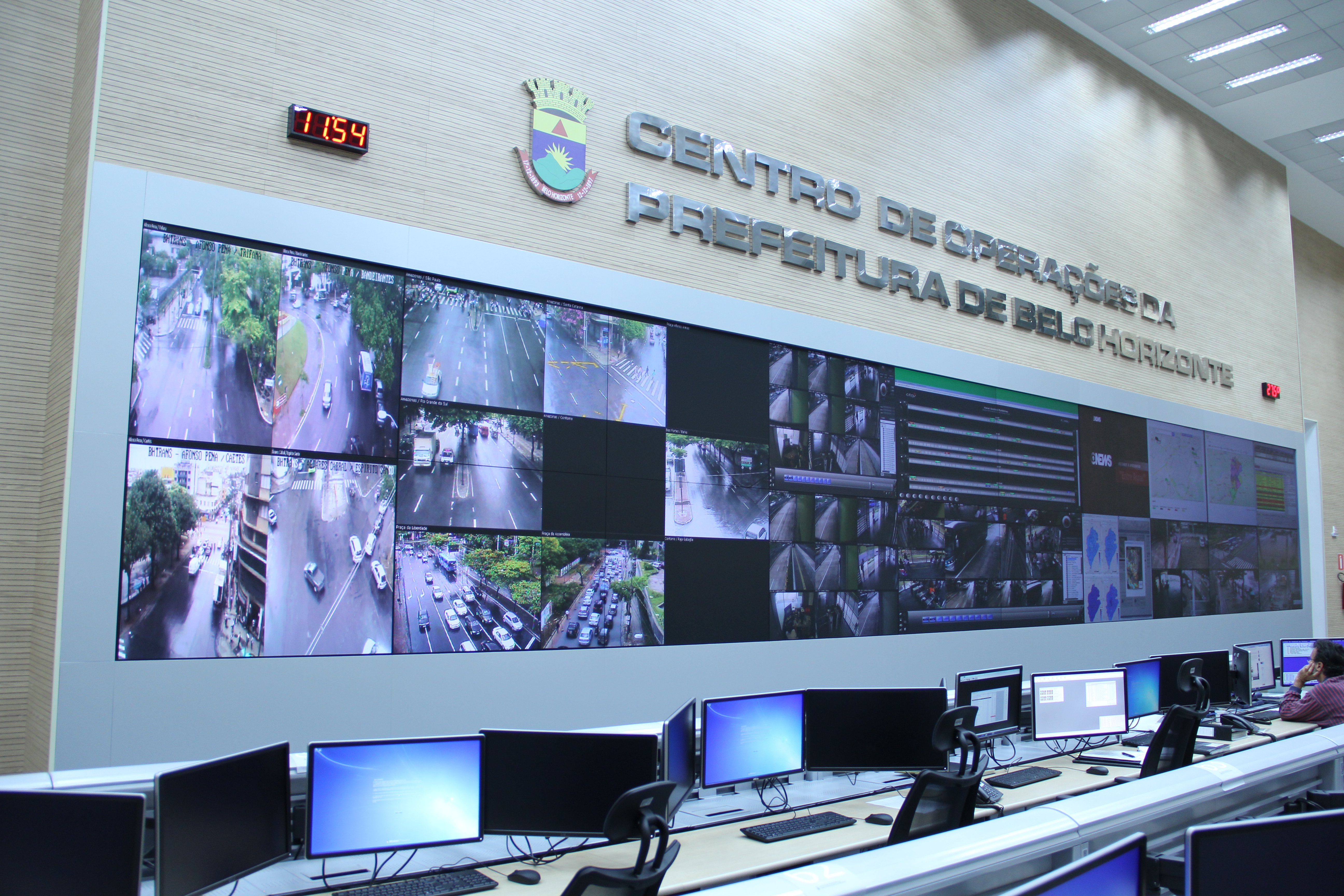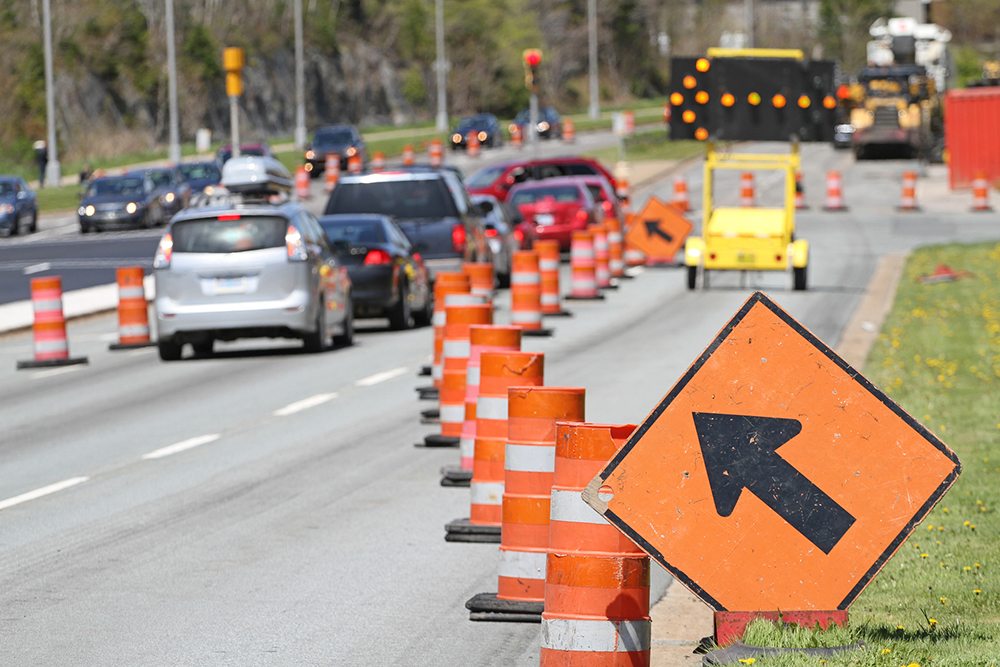
Returning travel times to normal within two hours of the end of a major football game was the challenge facing College Station, Adam Lyons explains how this was achieved.
College Station, TX, also known as ‘Aggieland’, is located right in the middle of the Dallas/Fort Worth, San Antonio and Houston triangle making the city accessible to over 14 million Texans within less than a four-hour drive. One of the biggest draws to this area is Texas A&M University (TAMU) and the Aggie football games in the fall, meaning there are thousands of vehicles coming in and out of College Station before and after the football games. Aggie fans have a spirit all their own but nothing puts a damper on game day faster than sitting in hours of traffic either arriving or departing the game.
It had already been taking well over two hours to move the 70,000-85,000 fans after a football game ended - but the popularity of the Aggie football games meant the seating capacity of the Kyle Field ground has been increased to more than 100,000. Texas A&M and the City asked for a two hours target to move a significantly larger number of fans after the football game.
For the past number of years, the City of College Station’s Public Works Department had been working with the university to try and solve this congestion problem. A few years ago the Texas A&M Transportation Institute created a mobile phone app, ‘Destination Aggieland’, to help identify the best entry and exit routes before and after the games and convenient parking locations. Traffic Operations staff placed police and traffic personnel on the streets to help move traffic throughout the streets and away from the stadium, but with the rapid growth of the city, the University and the stadium capacity, it was past time for a new solution.
A multiphase, multimillion dollar project was initiated to modernise its traffic management system and update the city’s ITS capabilities, with one of its goals being the improvement of post-game traffic flow. City officials realised they needed help to make informed decisions to more effectively manage the traffic, not only on game days but also on a day-to-day basis. With the support of the City Council, the City’s Information Technology, Facilities, and Public Works departments, a complete multiyear ITS Master Plan was developed, and
The first step was to overhaul the communication system from an outdated serial network to an Ethernet IP system to provide a fast, real-time connection to devices in the traffic cabinets. At nearly all of the intersections, this required the replacement of legacy traffic controllers (77 in total) with IP-based controllers, upgraded conflict monitors, additional Ethernet field switches and broadband wireless radios. The added radios were utilised to provide broadband connection to those intersections not within the existing fibre network and ensure high-quality video and data could be brought back to a central location.
With the added communication systems in place, the older signal software system was upgraded to provide IP connectivity and dynamic signal timing changes. So that Traffic Operations could view what’s going on at the intersections in real-time, twenty-five additional PTZ cameras and twenty-three new video detection cameras were installed to enhance signal control and provide live video back to a central location.
One other critical system was installed to help monitor performance: a Bluetooth Travel Time system to collect real-time and historical travel time data. This system helps traffic managers measure the roadways’ performance to determine if adjustments to signal timings are improving traffic flow.
With all the items outlined in the ITS Master Plan, the Traffic Department was able to install most of the Year Two equipment along with the Year One items in the first six months of the project - and well under the budget.
The last step in this project was to design and buildout a custom traffic management centre (TMC) consisting of eight high-definition 46” video monitors in a 4x2 configuration, three computer workstations, video servers and networking equipment. The complete enlarged TMC buildout, utilising an existing room with one new outside wall and two new glass walls, was completed in six days.
Throughout the six-month project there was a non-movable date - the first TAMU football home game of the season scheduled for 12 September, 2015. With only two weeks on the schedule for the field equipment installation, and two weeks for the TMC buildout, it was a rush to the finish line to be ready for the 102,733 fans that would visit Kyle Field on that first weekend of the season.
The overall project was completed successfully and the goal of having traffic return to a normal, uncongested period within 120 minutes of game-end was met. Traffic Operations staff utilise each component of the ITS system to meet that goal after every home game. Because of the high-speed IP connectivity throughout the city, and a new signal control software, the system enables operators to adjust and evaluate traffic signal timing in real-time to change and improve conditions for travellers.
In addition to the normal traffic operations personnel, police representatives are now present in the TMC during football games.
With radio communications available to on-street officers, and the additional video cameras to view live traffic conditions, immediate action can be taken to help move vehicles and pedestrians more efficiently through the intersections after the game has completed. TMC personnel can also ensure that the on-street barricades are removed faster, implement post-game timing plans at the optimum time, and respond to unplanned events such as crashes in a timely manner.
These fine tuning adjustments come on top of preprogrammed signal timings for before and after the game, non-game weekends and morning/evening peak hours.
To better determine how the overall traffic system is performing, the city’s authorities have just started implementing the Utah DOT/Purdue University Signal Performance Metrics program. With the incredible amount of data available through these metrics, and the installed Bluetooth travel time system, the city’s traffic engineers can make real-time adjustments and immediately see if changes have improved the situation on the ground. Through the use of these performance measurement systems further fine-tuning changes can be made to ensure the performance of the system is as high as possible.
The system has provided the traffic controllers with the ability to monitor and respond to live traffic conditions that hadn’t existed before. In prior seasons, adjustments to the plan were made at a post-game debrief meeting in preparation for the next football game. Now Texas A&M and the city’s traffic personnel can discuss problems, implement solutions and evaluate results in real-time.
“We can finally make signal timing or traffic control changes and use the cameras to confirm that no negative impacts are occurring upstream or downstream of the change,” said Troy Rother, city traffic engineer for the City of College Station.
Through the partnership between the three agencies, the aim to return the city’s streets to a normal level of traffic within 120 minutes after each football game has been met and continues to be met.
Furthermore, the Traffic Operations department is looking ahead at future improvements which include more Bluetooth sensors, signal shop upgrades, arterial dynamic message signs and additional signal control upgrades. With football games come heavy football traffic for such a large stadium and program. Whether the Aggies win or lose, the City of College Station has made incredible strides to enhance the efficiency of the traffic systems and improve travel for the diehard Aggie fans returning home.
- About the Author: Adam Lyons is director of marketing at Iteris.












